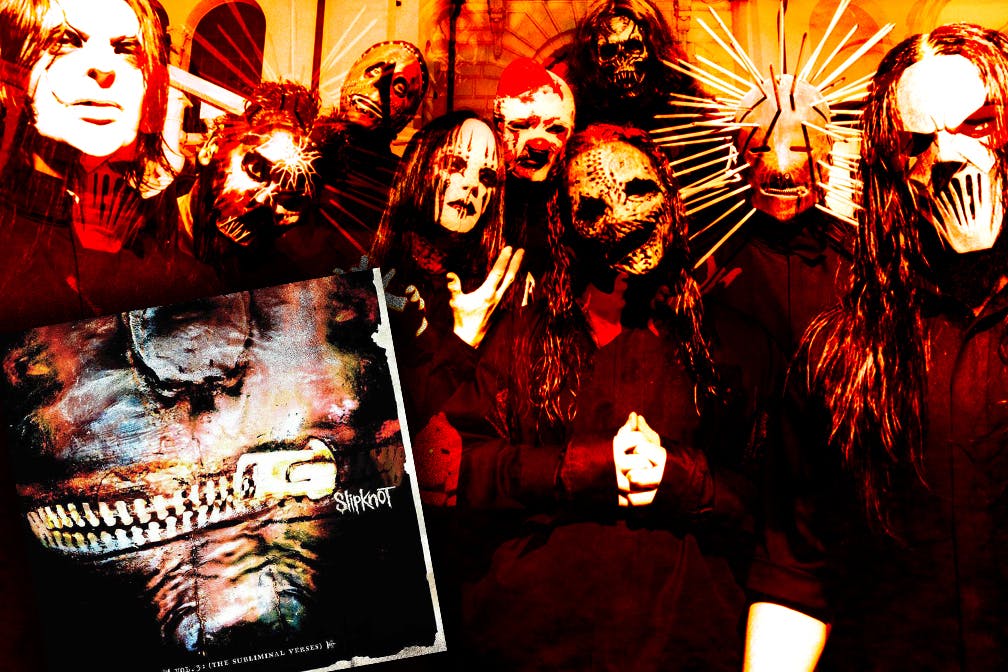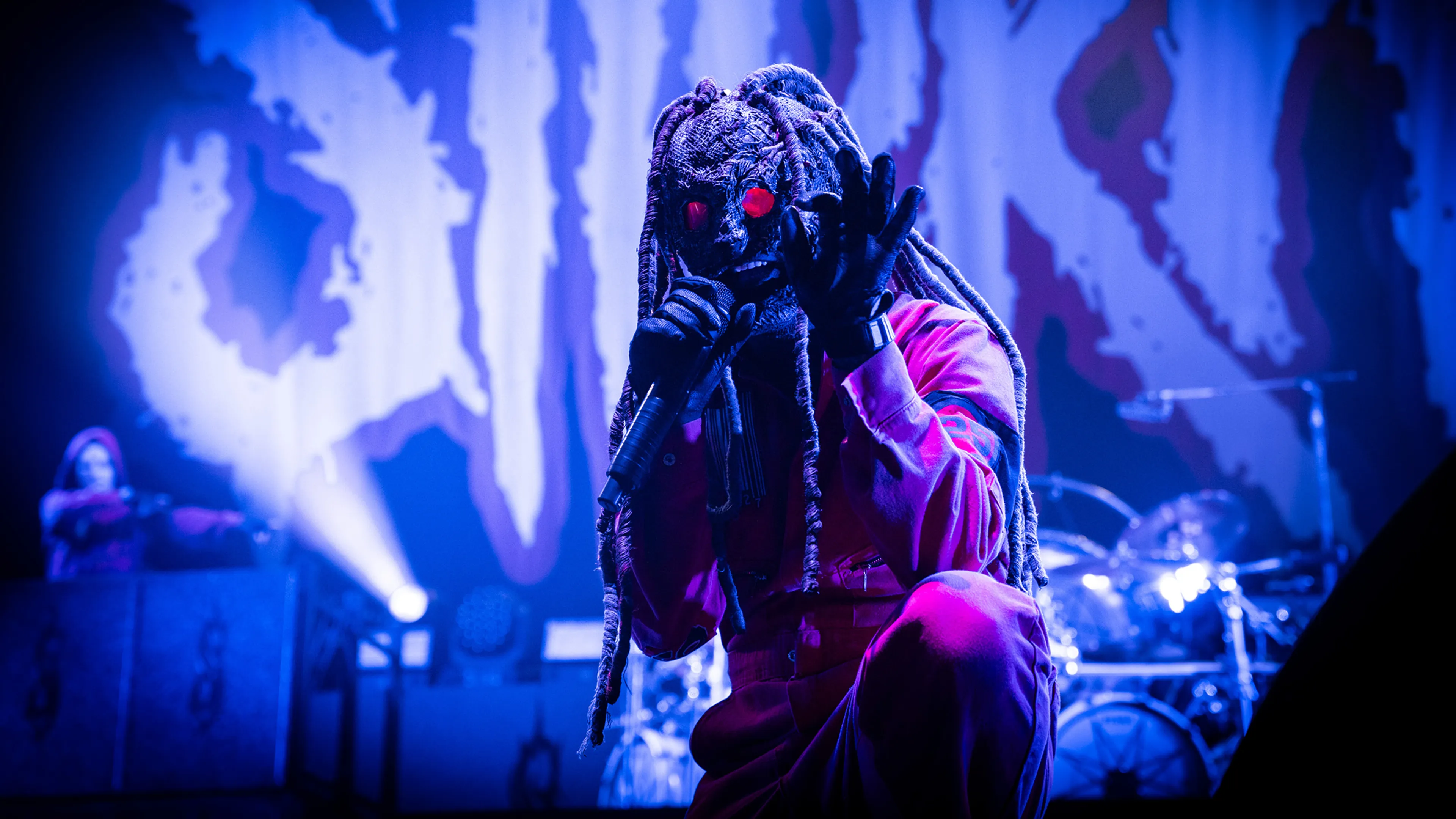There were other issues during the recording, too. Jim was suffering from anxiety and Corey was drinking heavily. Oh, and they were also living in a haunted house for the duration.
Lots of artists have both recorded at and stayed in The Mansion, Rick Rubin’s 10-bedroom house and recording studio located in the Laurel Canyon area of Los Angeles. The Red Hot Chili Peppers and System Of A Down have both reported ghostly goings-on, and Slipknot had their own brushes with the uncanny while there. There was an area in the basement that Paul Gray found himself physically unable to enter, and Joey Jordison’s door would swing open at 9am every morning, no matter how he tried to jam it closed. “Only recently have I noticed the ethereal feel to the album,” Corey said on the eve of Vol. 3’s release. “And that’s definitely come from making it in that house. That house was so fucking haunted.”
Whatever the tribulations of the album’s conception and birth, Vol. 3: (The Subliminal Verses) was a triumph. “Far and away the most musically intense, creatively inspired and downright astonishing thing that the 18-legged chaos machine have produced to date, Vol.3… is, quite simply, a masterpiece,” gushed Kerrang!’s 5K-rated album review. It was also, importantly, a departure for the band. They’d harnessed melodic hooks before on the likes of Wait And Bleed and My Plague, but cuts like Duality and Before I Forget took the anthemic aspects to whole new levels of holler-along goodness. There were parasitic earworms aplenty, but the acoustic experimentation of Vermilion Pt. 2 was just as crucial a part of Slipknot’s evolution into a band that could do more than just rage and swear – as cathartically fun as that part has always been.
When Kerrang! joined the band on set for their classic Duality video – the one that saw them literally tear a fan’s house apart – Corey suggested that the time spent on their various side-projects had brought a fresh perspective to Slipknot. “Doing the side-projects definitely helped us all to break out of the box we were in,” he nodded. “We found a new courage on this record. It’s brutal but it’s melodic, it’s heavy but it grooves, it’s slow but it’s blast-beating fast, it’s got acoustic guitars but it’s got shredding solos.”
It wasn’t universally lauded. Change never is, and to some it was Slipknot’s ‘Black Album’ moment – a conscious transformation from a spitting, snarling force of nature into a more considered and accessible entity. There’s no doubt that the chaos was reined in somewhat, but Slipknot couldn’t have simply re-churned those first two albums, classics though they are, and retained the relevance and integrity. Vol. 3: (The Subliminal Verses) was the sound of a band starting to spread its wings, and it still sounds vital, vibrant and bloody furious.








